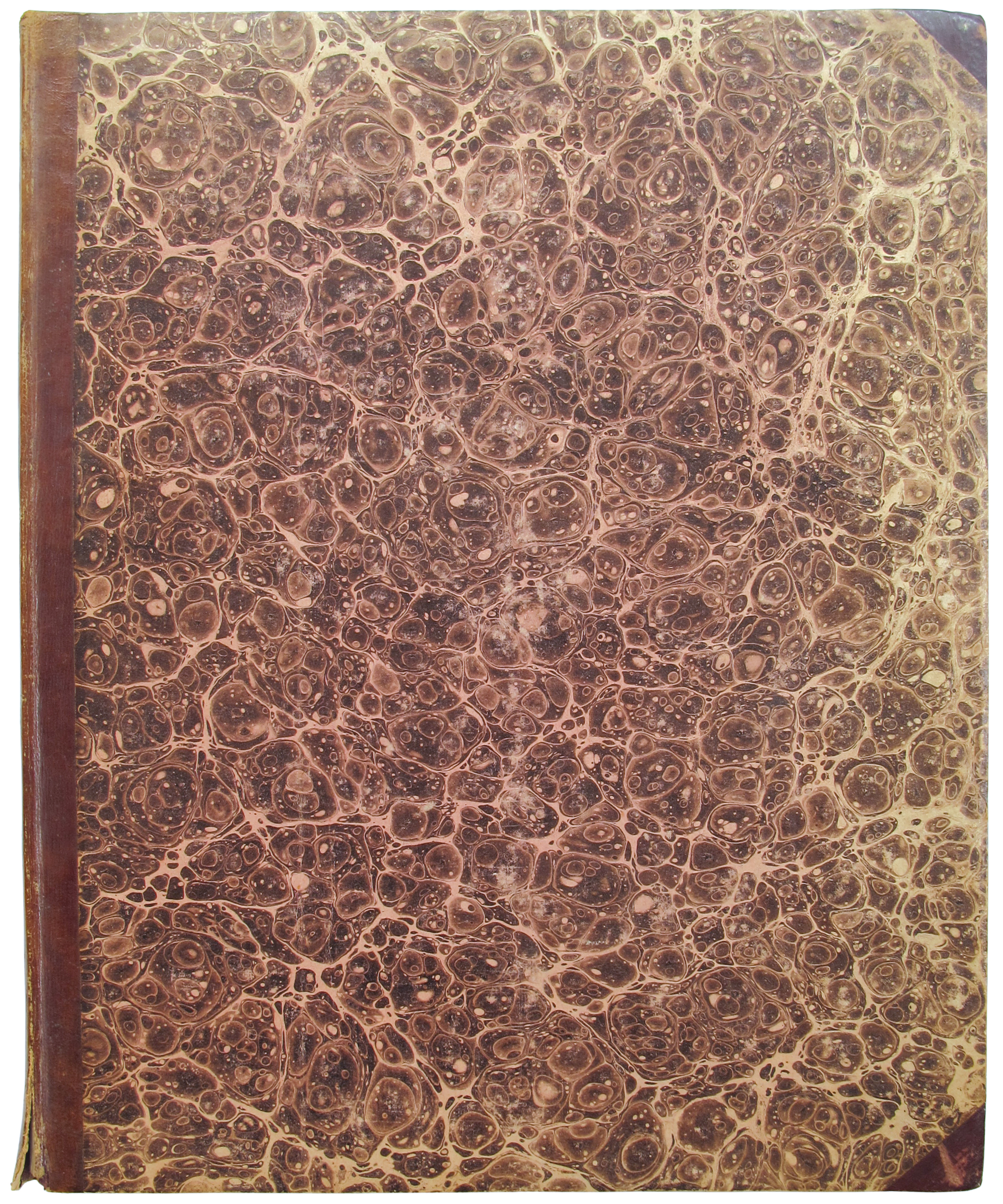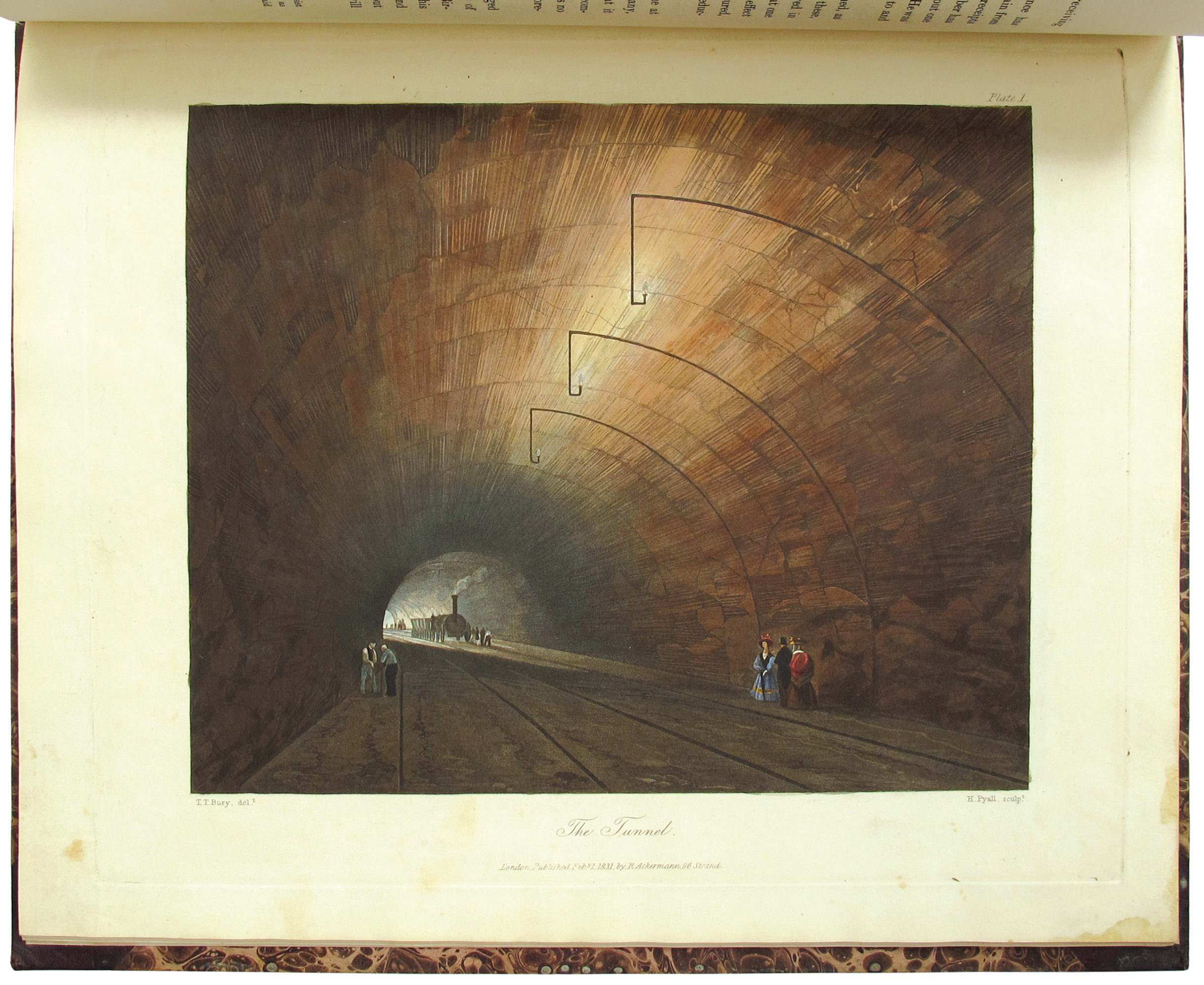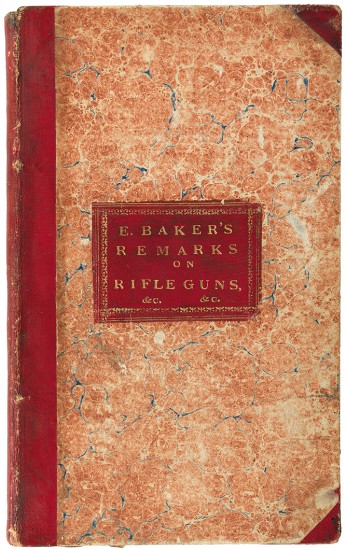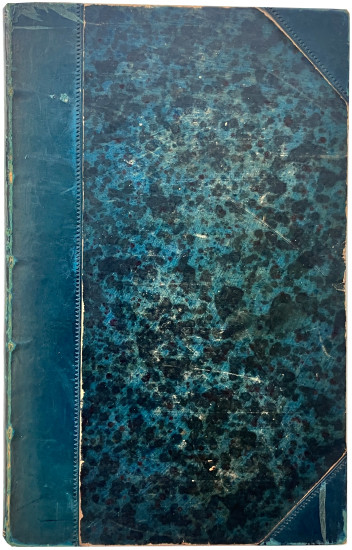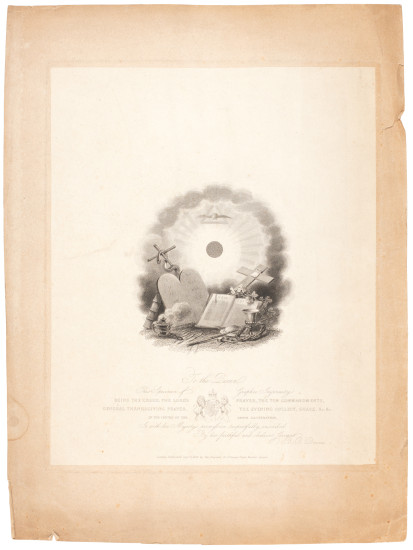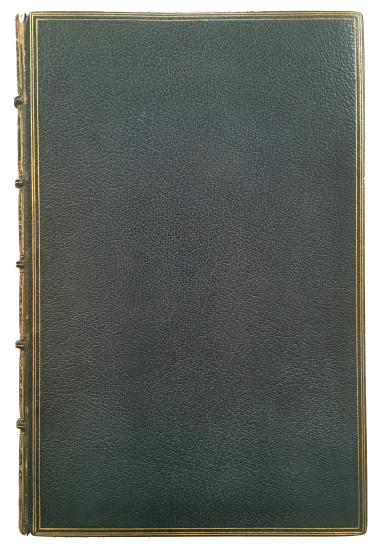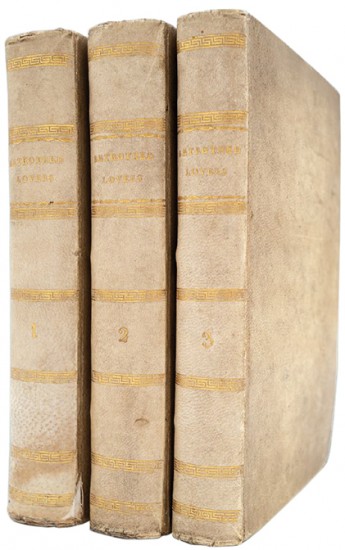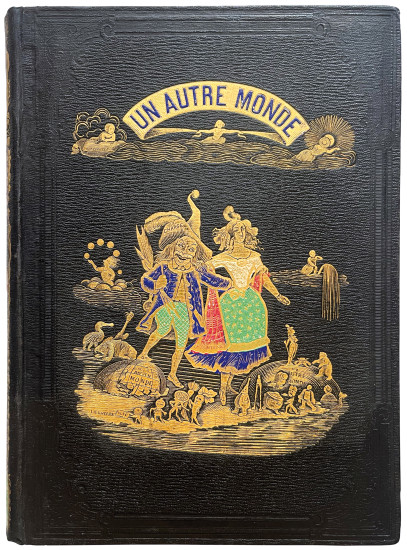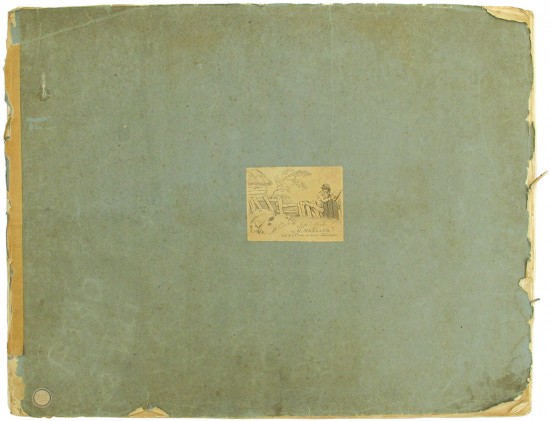Coloured Views on the Liverpool and Manchester Railway, with Plates of the Coaches, Machines, &c. From Drawings Made Upon the Spot ... With Descriptive Particulars, Serving as a Guide to Travellers on the Railway
Bury, T[homas]. T[albot]
London. Published by R. Ackermann &c. 1831
The first issue of Bury's beautifully illustrated work on the first inter-city railway with the two additional folding colour plates.
The Liverpool and Manchester Railway, the first inter-city railway line in the world, was opened officially on Spetember 15th, 1830. Commencing at the yard of the Liverpool and Manchester Railway Company at Wapping in Liverpool, the railway proceeds via a cutting into a tunnel under Crown Street and exits at Edgehill. It proceeds over 31 miles via Huyton, the Whiston plane, Rainhill Level, Parr Moss, the nine arch viaduct over the Sankey valley and canal, the four arch viaduct over the Newton valley to Parkside, Chat Moss, Barton, Eccles and Salford, over the Irwell to the final station in Water Street, Manchester; as per the text: 'The total number of bridges on the line is 63.'
The famous plates include 'The Tunnel'; 'Excavation of Olive Mount, 4 Miles from Liverpool'; 'Viaduct of the Sankey Valley'; and so on. The two additional folding plates ('Travelling on the Liverpooland Manchester Railway') and plate 7 ('Coaches &c. employed on the Railway') depict actual trains, carriages and passengers (including cattle).
'This classic record of the beginnings of the railway age was also one of the last significant books illustrated with aquatints.' (Ray).
'Copies occur with 2 extra folding coloured aquatint plates by I. Shaw, engraved by S. G. Hughes viz. 'A Train of First and Second Class Carriages with the Mail' and 'Train of Waggons with Goods, Cattle &c.'.' (Tooley).
[Tooley 120; Prideaux 329; see Ray 45; see Abbey Life 400 for the later issue].
The Liverpool and Manchester Railway, the first inter-city railway line in the world, was opened officially on Spetember 15th, 1830. Commencing at the yard of the Liverpool and Manchester Railway Company at Wapping in Liverpool, the railway proceeds via a cutting into a tunnel under Crown Street and exits at Edgehill. It proceeds over 31 miles via Huyton, the Whiston plane, Rainhill Level, Parr Moss, the nine arch viaduct over the Sankey valley and canal, the four arch viaduct over the Newton valley to Parkside, Chat Moss, Barton, Eccles and Salford, over the Irwell to the final station in Water Street, Manchester; as per the text: 'The total number of bridges on the line is 63.'
The famous plates include 'The Tunnel'; 'Excavation of Olive Mount, 4 Miles from Liverpool'; 'Viaduct of the Sankey Valley'; and so on. The two additional folding plates ('Travelling on the Liverpooland Manchester Railway') and plate 7 ('Coaches &c. employed on the Railway') depict actual trains, carriages and passengers (including cattle).
'This classic record of the beginnings of the railway age was also one of the last significant books illustrated with aquatints.' (Ray).
'Copies occur with 2 extra folding coloured aquatint plates by I. Shaw, engraved by S. G. Hughes viz. 'A Train of First and Second Class Carriages with the Mail' and 'Train of Waggons with Goods, Cattle &c.'.' (Tooley).
[Tooley 120; Prideaux 329; see Ray 45; see Abbey Life 400 for the later issue].
Small folio. (356 x 288 mm). Leaf with title, four leaves with text 'The Liverpool and Manchester Railway' and 15 engraved plates each with additional colour by hand, thirteen after Bury numbered 1 - 13 in Arabic numerals at upper right and the two final folding plates numbered in Roman numerals at upper right; all plates dated '1831'; some small areas of damp-staining to the front pastedown and front free endpaper and still visible on the title and first leaf of text but crisp and clean thereafter. Contemporary burgundy roan-backed marbled paper-covered boards, title 'RAILWAY' in gilt with decorative gilt tools to spine, small splits at foot.
#48486
